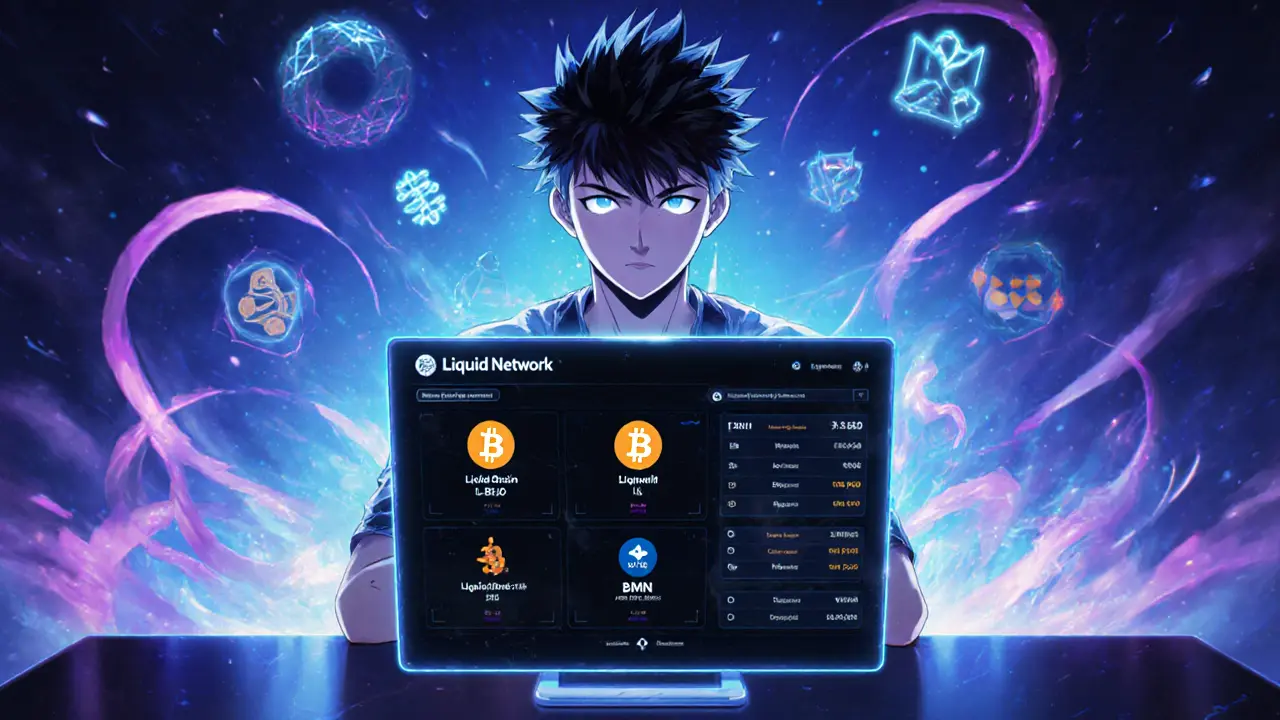

When working with Atomic Swaps, a peer‑to‑peer method that lets you exchange crypto assets across different blockchains without a trusted third party. Also known as cross‑chain atomic swaps, this technique relies on cryptographic guarantees to keep both parties honest. In practice, an atomic swap is built on a Hash Time‑Locked Contract (HTLC), a smart contract that locks funds with a secret hash and a timeout, ensuring the trade either completes fully or aborts automatically. The HTLC is the engine that makes the swap “atomic” – it either executes entirely or not at all, eliminating partial loss. Atomic swaps are a core part of the broader Decentralized Exchange (DEX), a platform where users trade directly from their wallets, often using smart contracts instead of order books. While DEXs provide the interface, they frequently tap into Liquidity Pools, collections of tokens locked in smart contracts that enable instant swaps at market‑driven rates, giving traders the depth they need without waiting for a counter‑party. The result is a seamless ecosystem where cross‑chain interoperability, trust‑less settlement, and on‑chain liquidity work together.
Atomic swaps unlock several real‑world benefits. First, they reduce reliance on centralized exchanges that can freeze accounts, charge high fees, or suffer hacks. By using HTLCs, you keep custody of your assets until the secret is revealed, which means you never hand over private keys to a middleman. Second, they enable true cross‑chain interoperability – you can swap Bitcoin for Ethereum, or move tokens between emerging chains like Solana and Avalanche, without needing a wrapped token or bridge. Third, when paired with liquidity pools on DEXs, swaps become fast and cost‑effective, because the pool supplies the counter‑party liquidity instantly. Finally, the transparency of on‑chain contracts lets anyone audit the process, building confidence in the trade’s fairness. These attributes are why developers embed atomic swap modules into wallets, DeFi platforms, and even gaming ecosystems that want to let users move assets freely across multiple chains.
Getting started with atomic swaps isn’t rocket science, but you do need the right tools. A wallet that supports HTLC creation (such as Sparrow, Atomic Wallet, or certain Ledger‑compatible apps) is the first requirement. Next, you’ll need a DEX or a liquidity pool that lists the pair you want to trade – Uniswap v3, SushiSwap, or newer cross‑chain DEXs like ThorSwap often expose swap functions that call the underlying HTLC logic. Finally, understand the timeout parameters: a shorter timeout reduces the risk of funds being locked, while a longer timeout accommodates slower block confirmations on slower chains. Mastering these steps can turn the theoretical promise of atomic swaps into a practical strategy for diversifying your holdings, hedging risk, or tapping into new token opportunities without ever trusting a third party.
In the list below you’ll find deep‑dives, how‑to guides, and reviews that flesh out every piece of this puzzle – from the nitty‑gritty of HTLC code to real‑world exchange comparisons and security tips. Whether you’re a beginner curious about cross‑chain swaps or a seasoned trader looking to cut fees, the articles ahead give you the context and actionable insights you need to start swapping confidently.

A detailed SideSwap crypto exchange review covering its non‑custodial design, privacy features, asset support, and how it compares to Uniswap, PancakeSwap, and SimpleSwap.